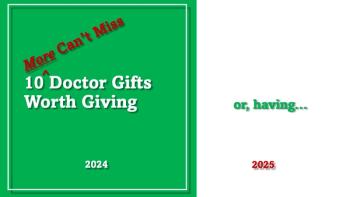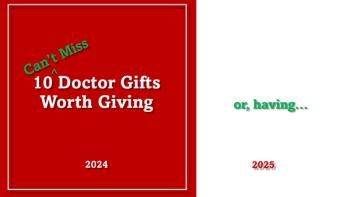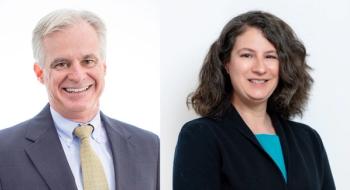
The Future of Medicine: Working Better With Patients
The many cutting edge companies that were present at FutureMed in San Diego and what they paint for the future of medicine for both physicians and patients.
Photography by author.
Speakers at the
Human development over the centuries has been local and linear. The human brain was hardwired that way because everything was within a day’s walk. Scientists say today is different. Changes are disruptive but that can be an opportunity. Kodak was given as an example.
In 1996 Kodak’s market capitalization was $28 billion and it had 140,000 employees. By 2012 it was bankrupt and had 17,000 employees. In contrast, Instagram went to a market capitalization of $1 billion with a mere 13 employees in Oct 2010 through April 2012, Although all this was possibly more meaningful for the venture capitalists at the FutureMed 2013 Conference than practicing physicians, the advice of “Opportunity!” rang loud from podium speakers.
“Medical institutions expand to stay competitive,” they noted. And in warning how disruption can give opportunities, one speaker gave two opinions about change: 1) You either disrupt your own company or someone else will, and 2) If you depend on innovation from within your own company, you lose.
Yet, the world is changing around us. The speakers gave miscellaneous examples. Many people don’t hail a cab now; they get one by using their smart phone. And the cost of a complete human genome study has fallen now to below $1,000. Furthermore, the National Geographic magazine has a cover of a baby with the story: “This baby will live to 120.” There’s more. Medical apps exist to allow a smartphone to act as a wheezemeter for asthmatics, as an instrument to test range of motion for arthritics or as a device to create an ever useful EKG. You can screw an otoscope speculum into an iPhone and visualize the eardrum — and just as OnStar can carry out remote vehicle diagnostics, forthcoming device SCANADU can read your vital signs or even test your urine. Smokers might be influenced by a Finnish website
One speaker was challenged. “You’re not going to get doctors aged 65 to embrace all this!” he was told.
“I’m not really interested in doctors aged 65,” he replied very earnestly. “I want to work with young doctors who’ve just graduated, who understand this future!”
Having graduated from med school in 1958, I shrink down in my padded armchair in this gorgeous ballroom at the Hotel del Coronado and try to look inconspicuous.
Nevertheless, even an older physician finds much of this fascinating.
Much in the future could help doctors — and patients.
For example, get
How much? About $16,000 for one, plus $950 for a charging dock. Annual service $2,200. “Buy three and get 15 percent off!”
Then there’s the
“The manufacturer is South Korean and the government there has mandated there will be an InBody in every K-12 school in South Korea,” Mary Weyrick, InBody’s regional manager West.
I digest that and wonder if we are indeed losing our way in this country.
Sotera Wireless, with an innovative way of recording patients’ vital signs, presented a brief video and exhibited its products amongst other manufacturers. By chance,
I find other San Diego companies involved in medical innovation. I shouldn’t have been surprised. My BioTech city is one of the national leaders in this field.
Olin Hyde, the founder and CEO of englue, gives me his card. The
Terje Norderhaug, originally from Norway, gives me his card, also. He founded
Many cutting edge companies competed for attendees’ attention: smartphone physicals, low blood sugar alert systems, musical health programs, big data analysis, 3D Modeling, and Google Glass and its smaller competitor :
It takes more than a medical degree to understand in depth much of the presentations at FutureMed Conferences. An MBA might help or the skills of financial training. Still an MD hears ideas truly outside the box, stuff that would surely stimulate excitement in any physician.
Next week, I will address some other FutureMed ideas to help tomorrow’s patients and I’ll consider touching on complaints about today’s physicians.
The Andersons live in San Diego. Eric is a retired MD. The one-time president of the NH Academy of Family Practice, he was a senior contributing editor at Physician’s Management for ten years and a contributing editor to Geriatrics and to Medical Tribune at the same time. He has written five books, the last called
Newsletter
Stay informed and empowered with Medical Economics enewsletter, delivering expert insights, financial strategies, practice management tips and technology trends — tailored for today’s physicians.



















